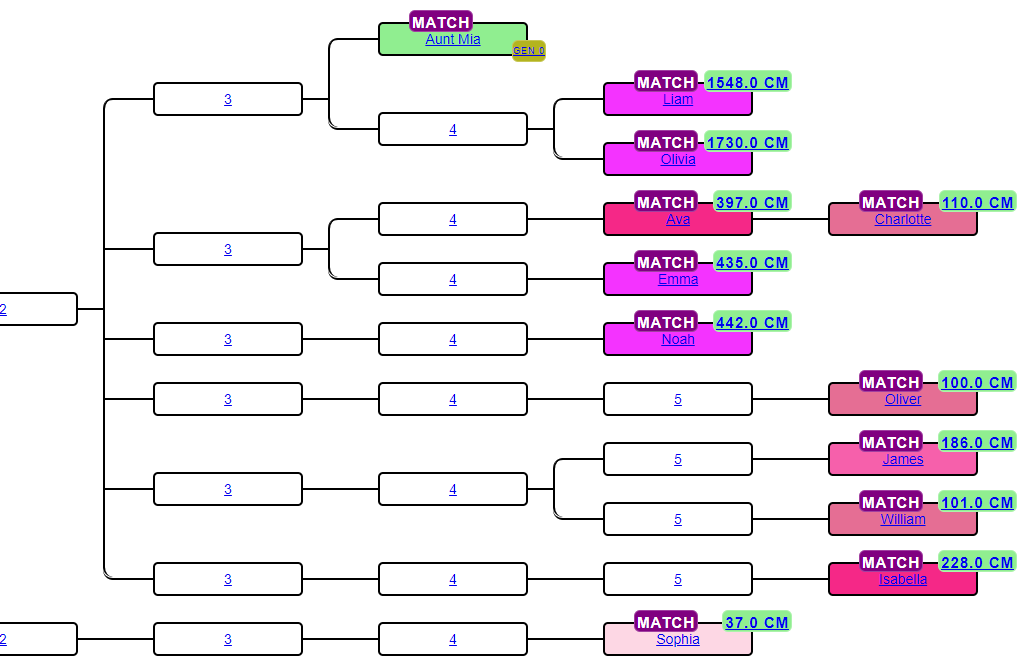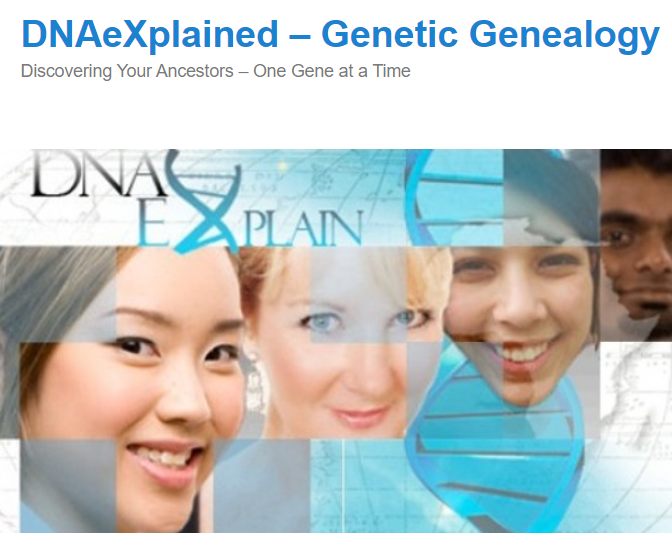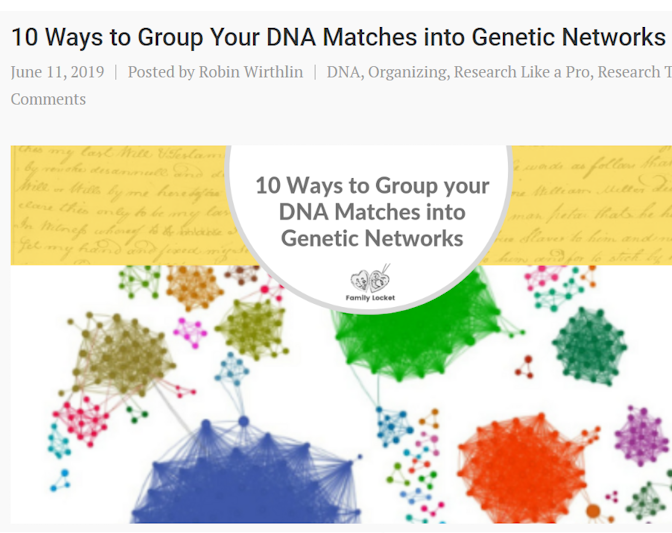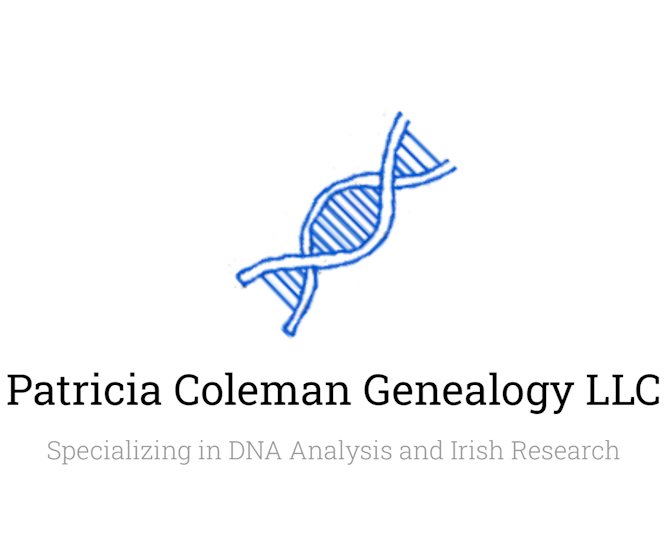AutoKinship
AutoKinship predicts potential family trees based on shared DNA, without requiring existing genealogical information. It helps you explore possible relationships among your DNA matches and discover new family connections.
Key Features
Availability across different companies
Compare the availability and features of the AutoKinship tool across five major genetic testing companies.FTDNA
- automated
tool not
supported
(FTDNA does not provide shared cM between shared matches)
23andme
- automated tool not supported
- Alternatives: semi-automated AutoKinship
Ancestry
- automated tool not supported
- Alternatives: semi-automated AutoKinship
MyHeritage
- automated tool not supported
- Alternatives: semi-automated AutoKinship
GEDmatch
- Automated tool not supported via Genetic Affairs
- Automated tool available at GEDmatch
How to get started for MyHeritage*
*A fully automated AutoKinship works exclusively for GEDmatch profiles.4. Receive results in mail
5. Extend results
Also available as a PDF
manual


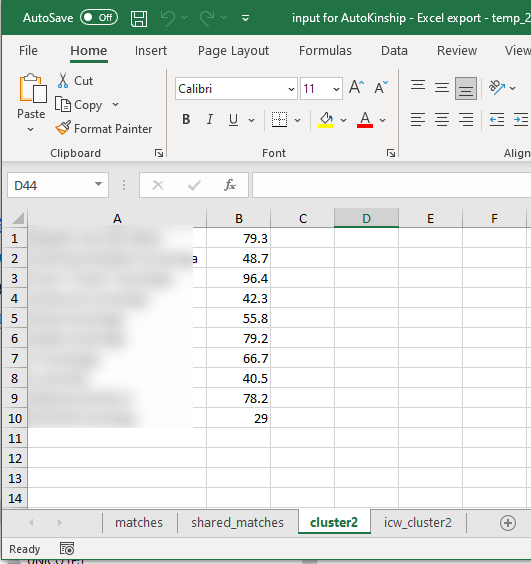
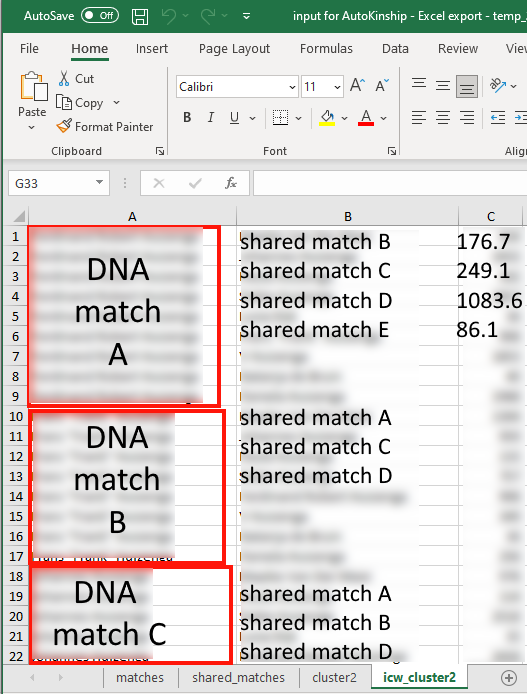
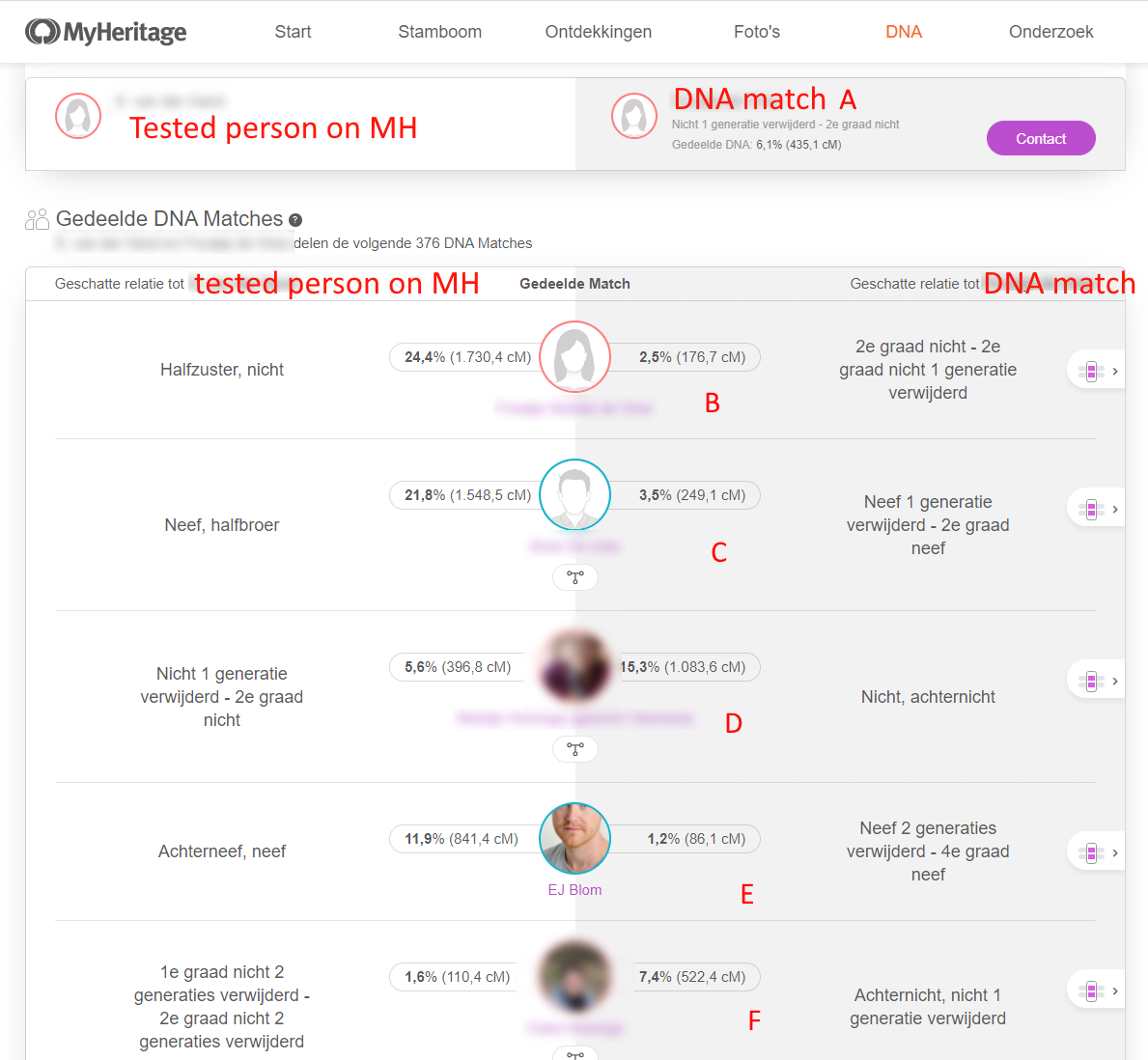
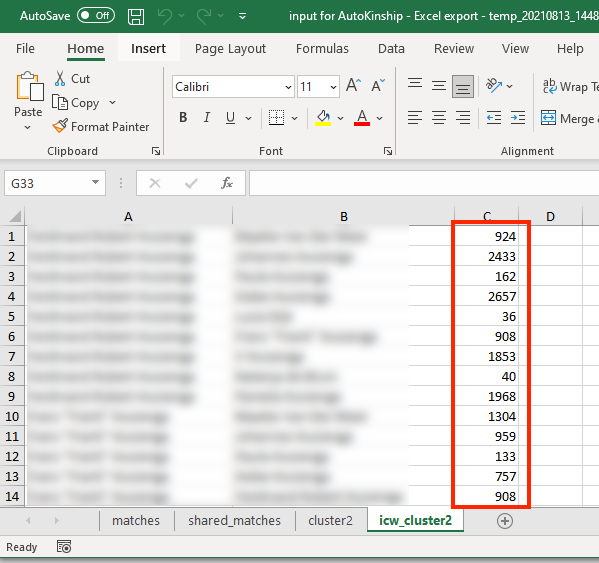
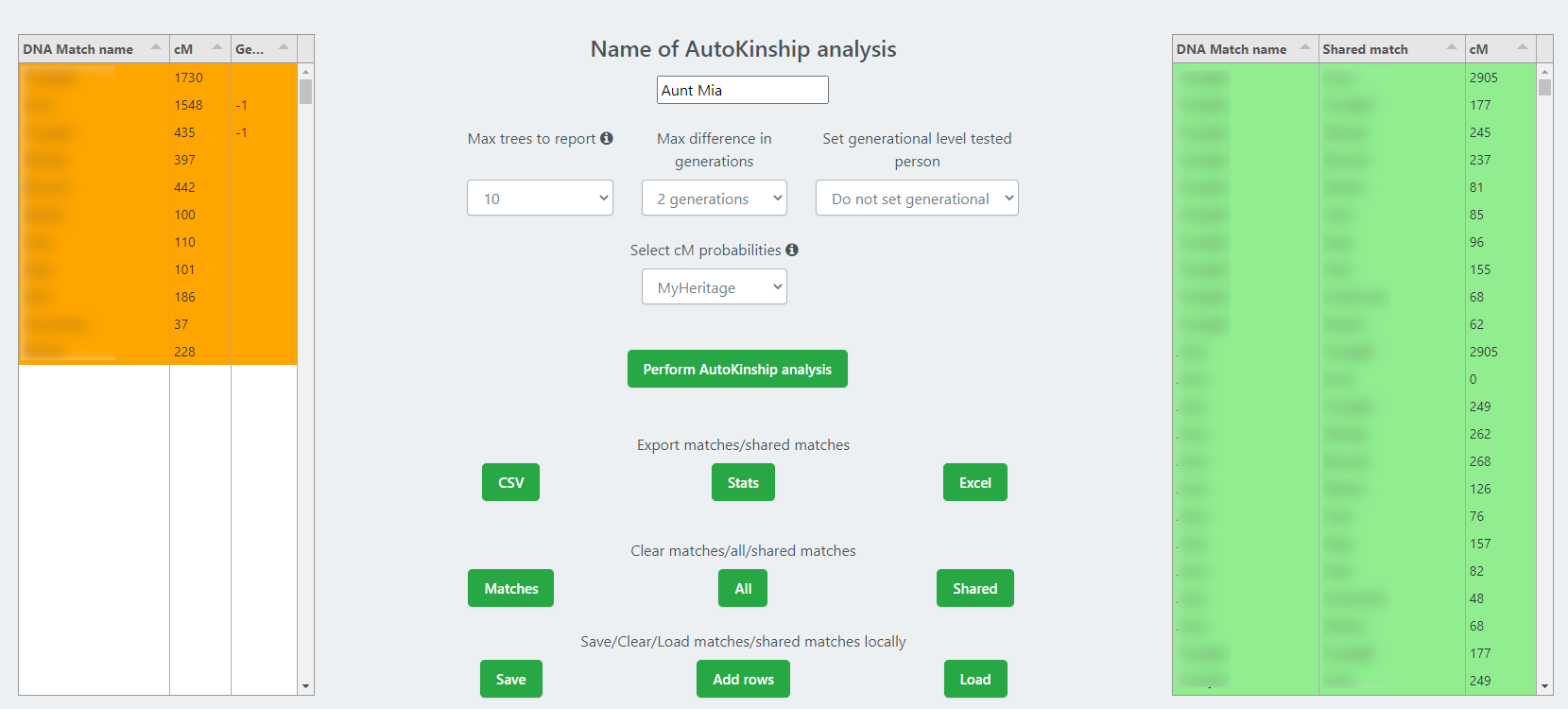
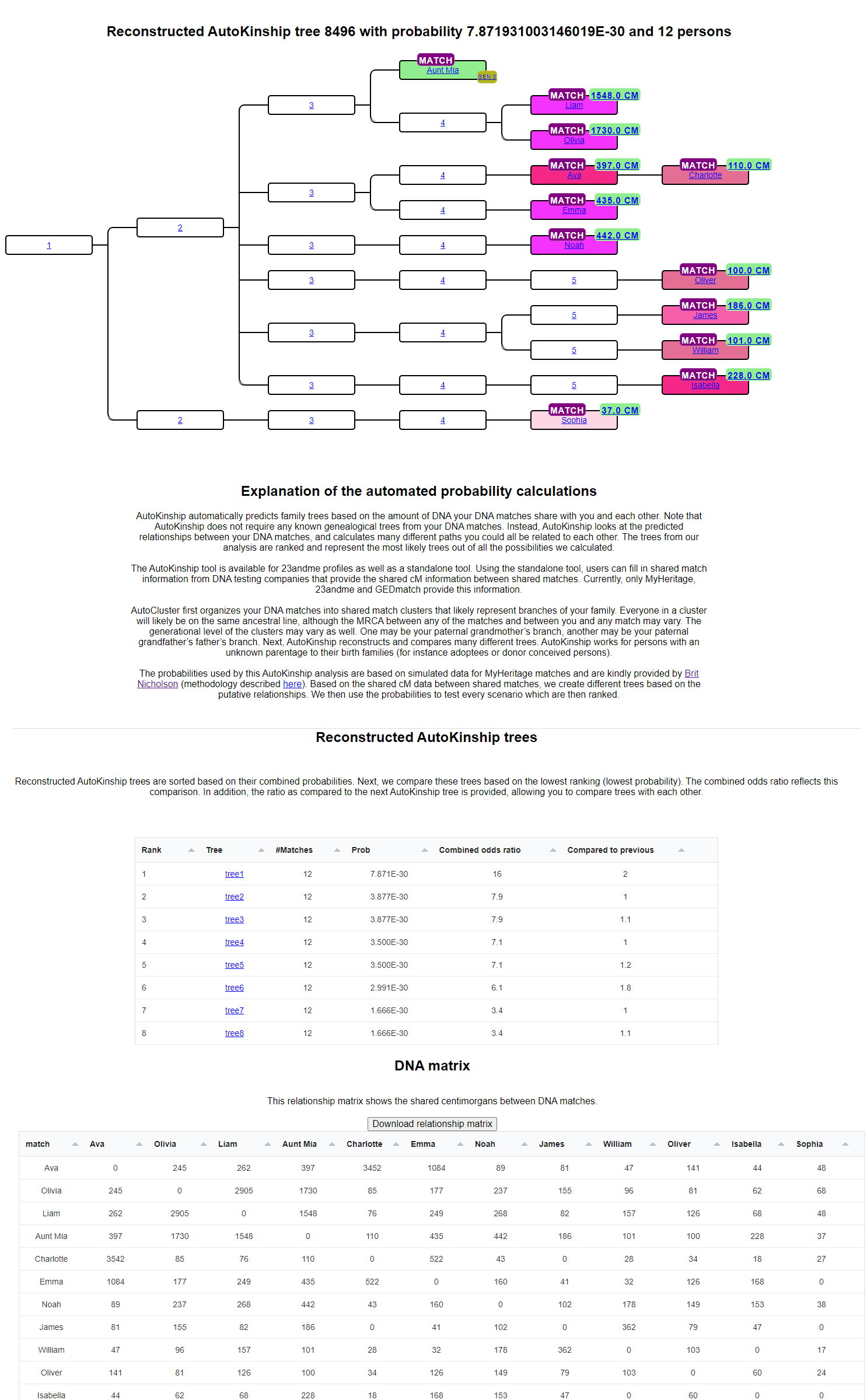

Run AutoClusters
A recommended step to run AutoKinship for MyHeritage is to first run the AutoClusters on MyHeritage. This will cluster around 100 DNA matches.
Transform AutoClusters HTML
Import the AutoClusters HTML file into our online tool to convert it to an Excel file.
Excel file
The Excel file contains all DNA matches. In addition, the DNA matches per cluster are provided as well as the shared matches per cluster.
Shared cM between shared matches
Unfortunately, the shared cM information is not provided in the Excel file since it is not provided in the HTML file. We need to provide the shared DNA between shared matches to allow the AutoKinship tool perform its analysis.
Retrieve shared cM information
On the MyHeritage website, for each match, retrieve the shared cM by examining the shared DNA match table.
Paste shared cM information
In the Excel file, paste the shared cM information in the third column.
Provide information
Visit the AutoKinship page on our website and use the bulk import buttons to import the DNA match information for a single cluster (consisting of two columns) as well the shared match data (consisting of three columns). Set the paramaters and start the analysis.
Retrieve AutoKinship results
The results of the analysis should appear in your mailbox. If it doesn't arrive, please check the Excel file for obvious errors. Also, make sure to round all cM data to whole numbers. Last, Excel will sometimes add comma's for high amount of shared cM information (for instance 2,314 cM). Make sure to remove the comma's as well.AutoKinship examples
Explore some visualizations created by the AutoKinship tool.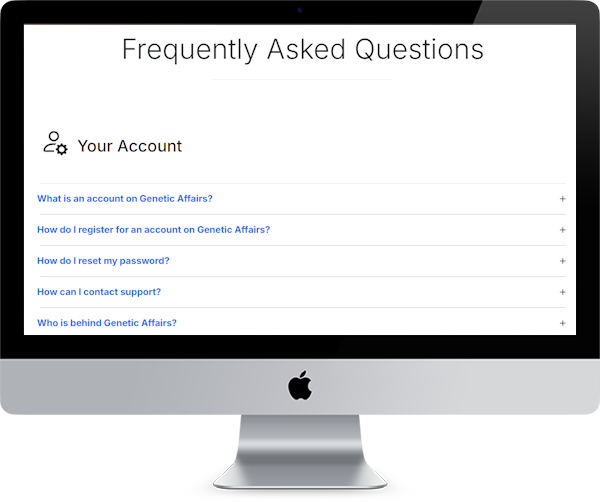
Check out our AutoKinship FAQ
Our AutoKinship FAQ section covers everything you need to know about AutoKinship
